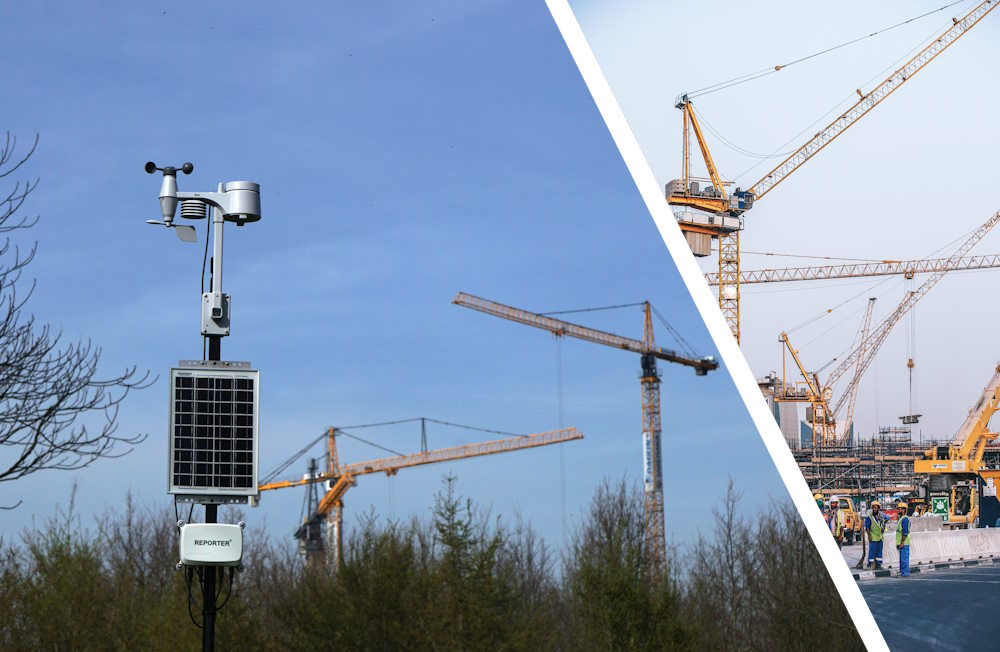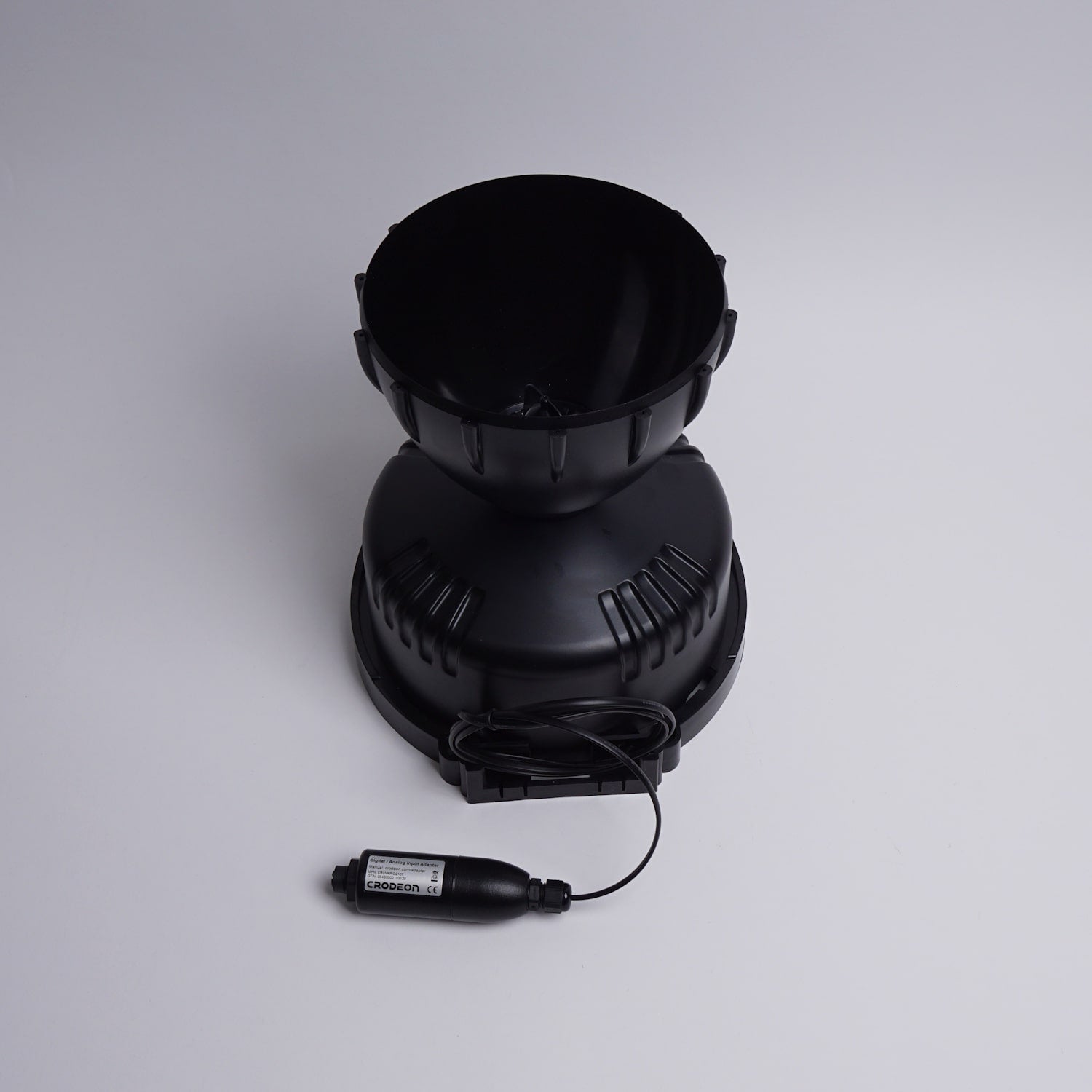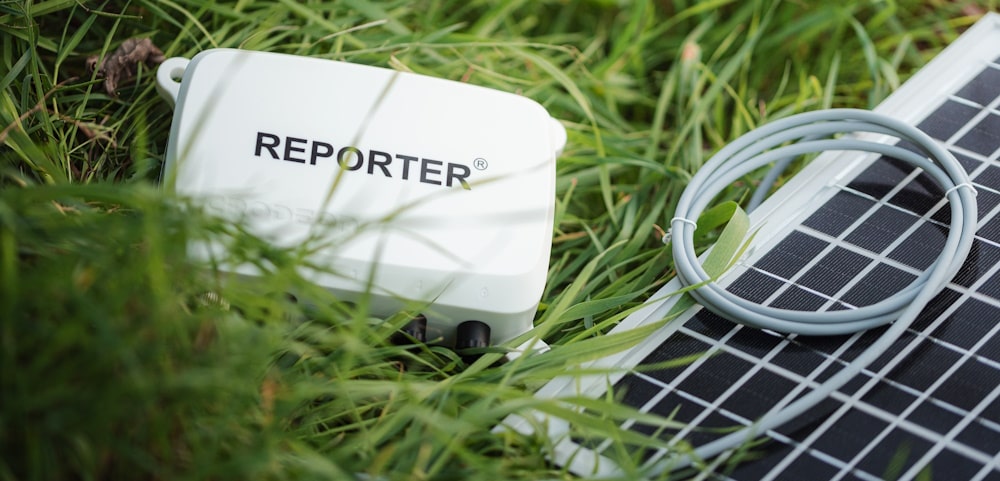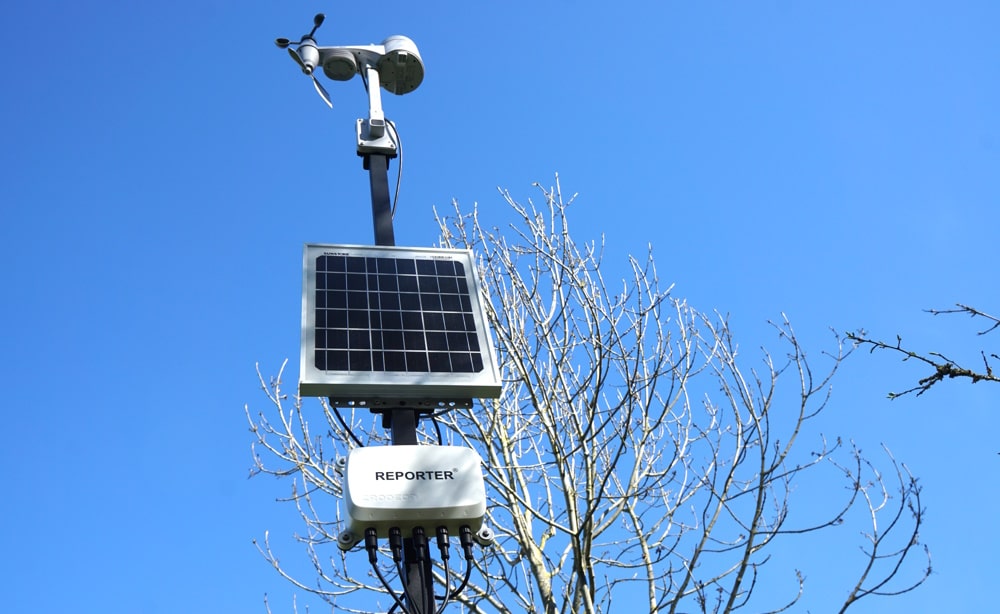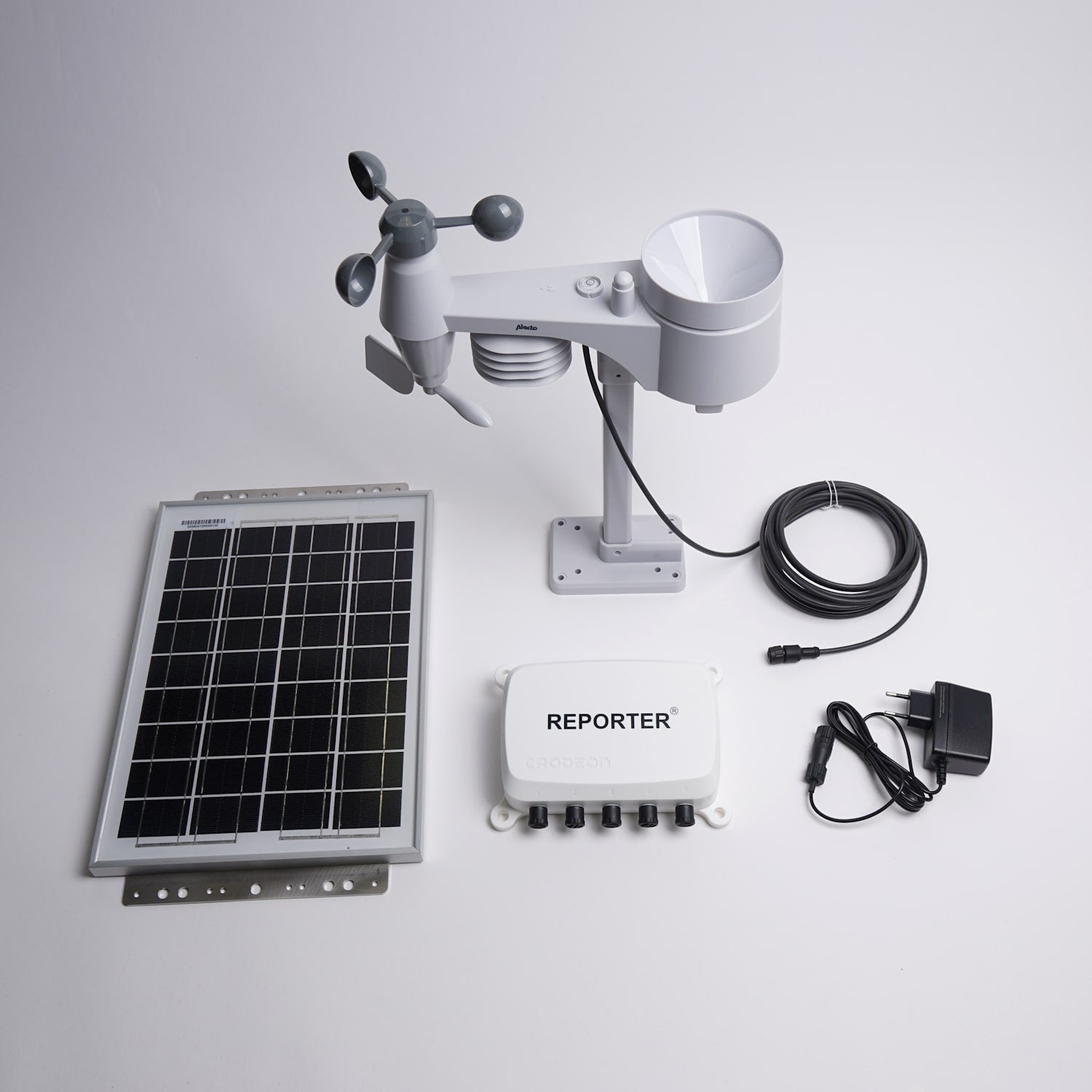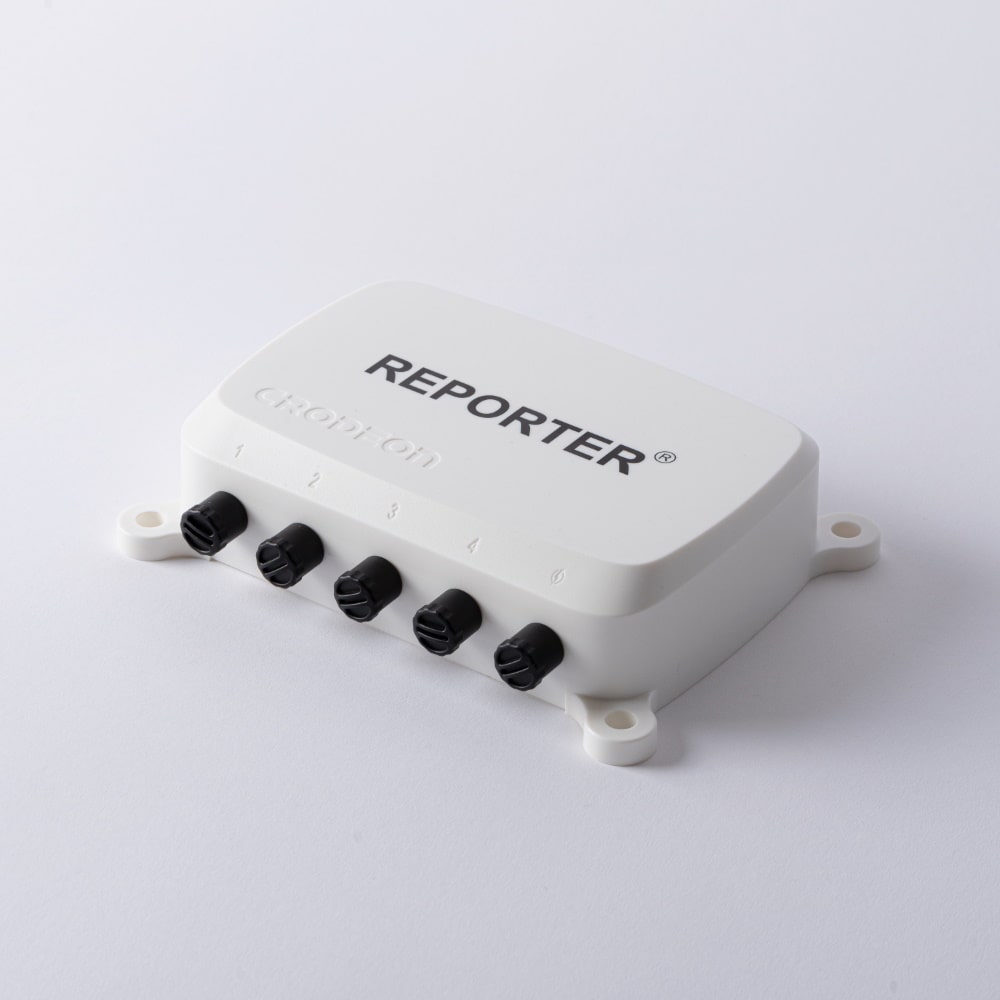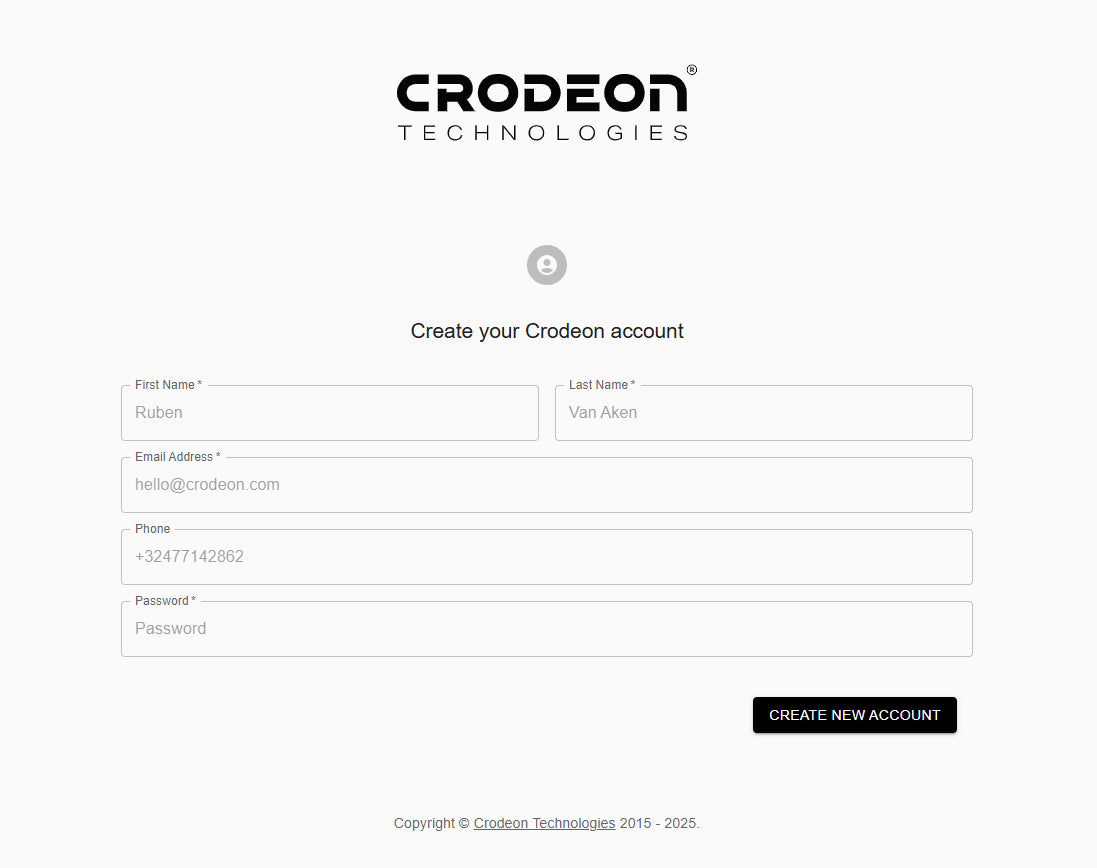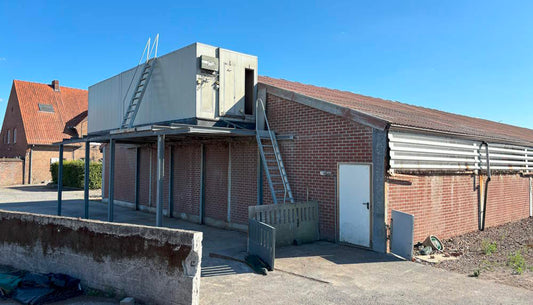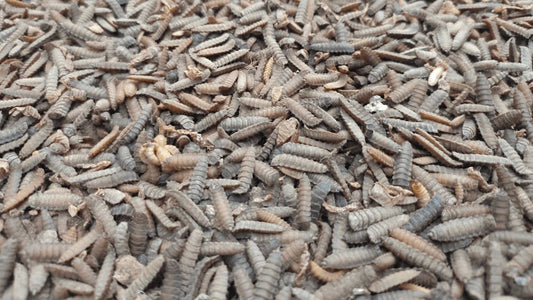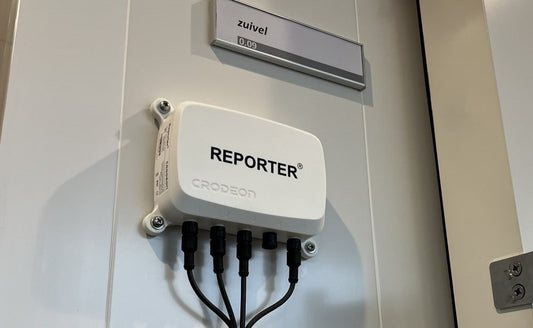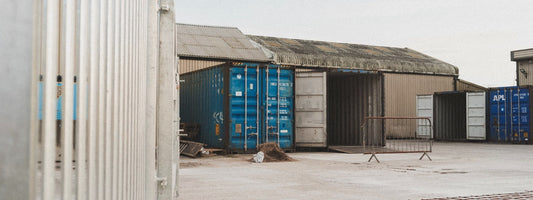Un pluviomètre professionnel de surveillance à distance avec mesures numériques
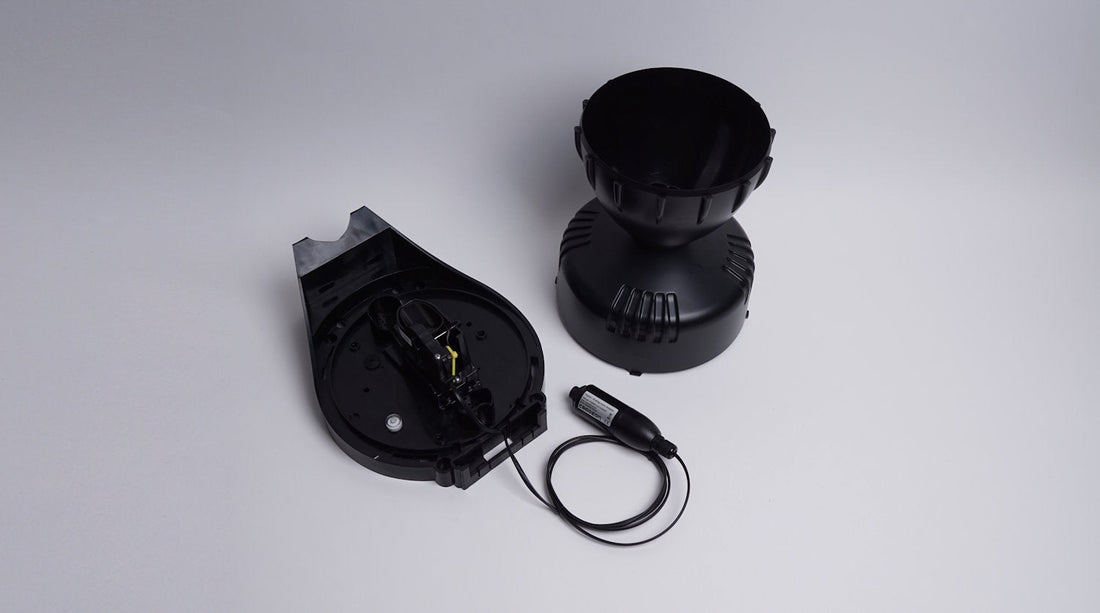
À mesure que le monde devient de plus en plus numérique, même la météo est surveillée à distance grâce à un pluviomètre professionnel. Que vous soyez agriculteur, responsable d'un site industriel, organisateur de festival ou dirigeant d'une entreprise de construction, un pluviomètre connecté peut être un outil précieux. Dans cet article, nous allons explorer les avantages d'un pluviomètre à distance pour les professionnels.
Les avantages d'un capteur de pluie professionnel
Un pluviomètre professionnel, également appelé capteur de pluie professionnel, est un appareil qui mesure les niveaux de précipitations. Ces dispositifs sont utilisés dans divers secteurs, notamment l'agriculture, la construction, l'industrie et les festivals. L'un des principaux avantages d'un pluviomètre numérique à distance est qu'il permet une surveillance à distance. Cela signifie que vous pouvez suivre les niveaux de précipitations depuis n'importe où, même si vous n'êtes pas physiquement présent.
Pour les professionnels, ce capteur peut être particulièrement utile. En surveillant les précipitations, vous pouvez prendre des décisions éclairées sur le moment de planter des cultures ou de planifier des projets de construction. Pour les sites industriels, il fournit des informations sur la quantité d'eau disponible, par exemple pour les systèmes de condensation. Les organisateurs de festivals et d'événements peuvent utiliser le pluviomètre pour suivre l'approche d'une averse sur le site du festival. De plus, un pluviomètre à distance peut aider à prévenir les inondations et l'érosion en alertant les professionnels lorsque les précipitations atteignent un certain seuil.
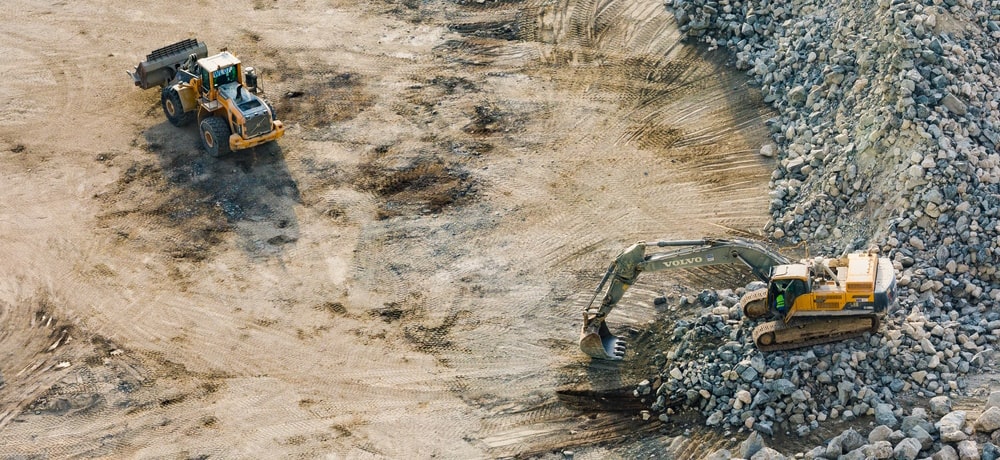
Plus d'usages qu'un système grand public
Lorsqu'il s'agit de choisir un capteur de pluie, les professionnels optent souvent pour un pluviomètre professionnel plutôt qu'un modèle grand public. Les systèmes professionnels sont généralement plus précis et fiables, et peuvent être modifiés pour répondre à des besoins spécifiques.
Un système professionnel, par exemple, vous permet de vous connecter à une API REST. Cela vous permet d'intégrer facilement vos mesures de pluie dans votre propre logiciel de collecte de données.
De plus, un pluviomètre numérique à distance professionnel est souvent équipé de fonctionnalités telles que la surveillance à distance et les notifications d'alarme. Cela signifie que le système peut vous alerter en temps réel tout en mesurant et en collectant des données.
Le capteur de pluie Crodeon
Chez Crodeon, nous proposons un pluviomètre numérique à distance qui se connecte à notre module de capteur appelé Reporter. Reporter est un module plug & play doté de quatre connecteurs. Cela vous permet de brancher jusqu'à quatre capteurs différents, comme le pluviomètre Davis ou le capteur météo qui mesure la pluie. Reporter est idéal pour la surveillance et la mesure à distance dans des zones difficiles d'accès.
Reporter vous permet d'activer des notifications d'alarme, ce qui est particulièrement utile pour les professionnels qui doivent être alertés lorsque les précipitations atteignent un certain seuil.

Pourquoi vous avez besoin d'un pluviomètre à distance
Voici plusieurs raisons pour lesquelles un pluviomètre à augets basculants à distance pourrait être utile pour votre projet :
- Surveiller les précipitations sur votre champ, chantier, site de recherche, festival ou usine.
- Être averti lorsque votre projet est en danger.
- Mesurer la quantité et le moment des précipitations.
- Mener des recherches approfondies sur les conditions météorologiques locales.
- Savoir quand une irrigation supplémentaire est nécessaire ou non.
… tout cela disponible en ligne 24/7, avec des mises à jour en temps réel.
La puissance des données cellulaires
Lorsqu'il s'agit de surveillance à distance, un pluviomètre avec connexion de données cellulaires est souvent préféré à un capteur connecté en WiFi. Cela est dû au fait que les données cellulaires sont plus fiables et plus facilement disponibles que le WiFi.
La confiance dans l'énergie solaire
Reporter fonctionne à l'énergie solaire grâce à un petit panneau solaire, ce qui en fait une solution idéale pour les zones éloignées où l'alimentation électrique n'est pas disponible.
Commencez à mesurer avec votre pluviomètre professionnel dès aujourd'hui
En conclusion, un pluviomètre à distance est un outil précieux pour les professionnels de divers secteurs. En choisissant un capteur fonctionnant avec un système tel que Reporter, les professionnels peuvent bénéficier de la surveillance à distance et des notifications d'alarme. Et avec la capacité de fonctionner à l'énergie solaire et aux données cellulaires, Reporter est la solution idéale pour les zones éloignées où l'alimentation électrique n'est pas disponible.
N'hésitez pas à nous contacter si vous avez des questions ! Lisez: Solutions météorologiques connectées.

FAQ
Comment fonctionne un pluviomètre numérique ?
Un pluviomètre ou capteur de pluie numérique mesure la pluie grâce à un capteur à augets basculants. Il s'agit d'une petite cuillère qui bascule lorsqu'un certain poids est atteint. Chaque fois que la "cuillère" se vide, le capteur enregistre l'événement. Une "cuillère" correspond à une certaine quantité d'eau ; plus elle bascule, plus il est tombé de pluie. Cela permet au capteur de mesurer avec précision la quantité de pluie tombée sur une période donnée.

Quel pluviomètre est utilisé dans les zones éloignées ?
La station météo Crodeon avec capteur de pluie intégré est un excellent exemple de pluviomètre utilisable dans des zones éloignées. La station météo se connecte à notre module de capteur appelé Reporter. Reporter transmet ses données via le réseau GSM (données cellulaires) et peut fonctionner entièrement à l'énergie solaire. Cela rend la surveillance à distance incroyablement facile, sans avoir à se soucier du WiFi ou de l'alimentation électrique.

